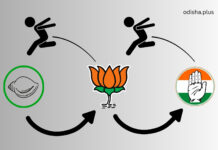Dr. Fakira Mohan Nahak
Health communication is the process of exchanging information about health and health-related issues between individuals, groups, and organizations. It is the process of creating, delivering, and receiving messages about health and health-related issues. The goal of health communication is to improve the overall health and well-being of individuals and communities by providing accurate, timely, and relevant information about health-related topics and promoting healthy behaviours.
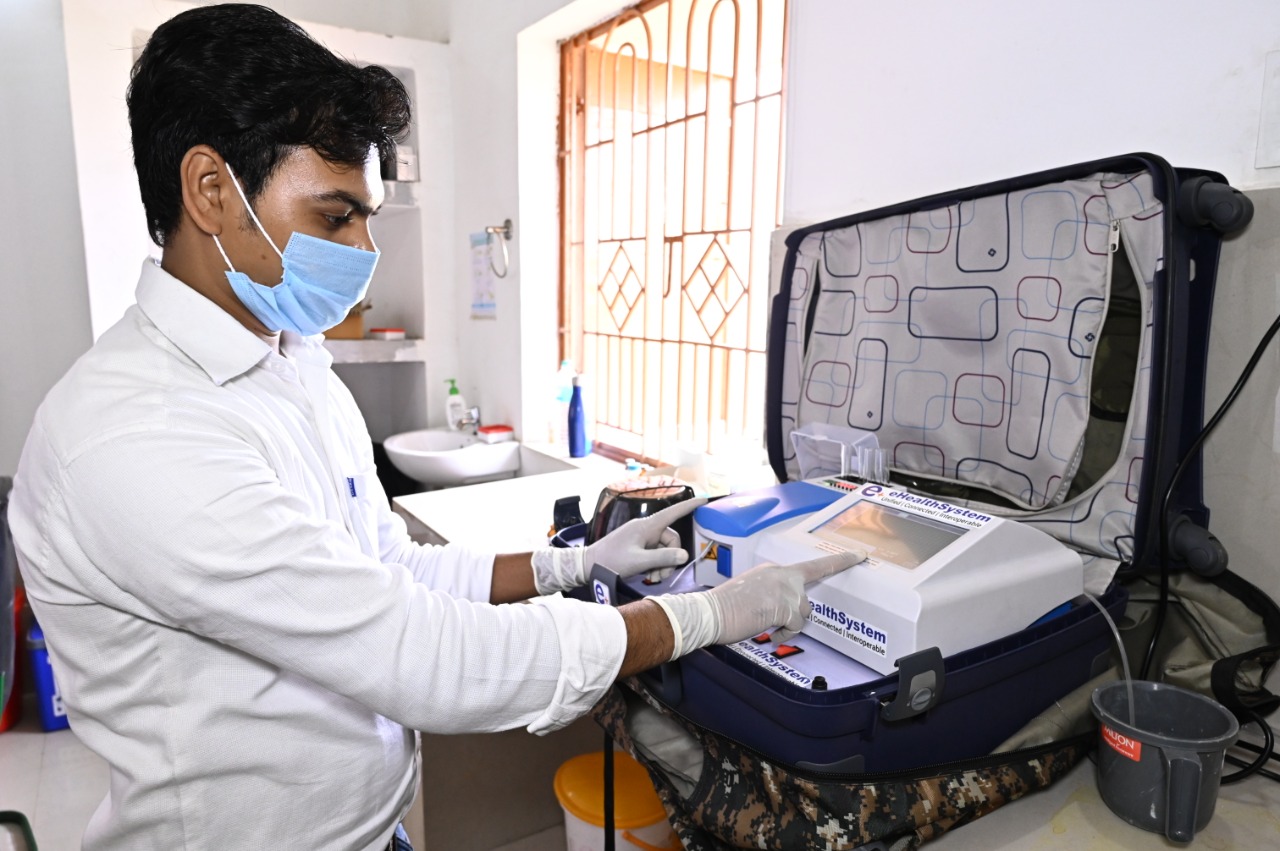
Health communication can address a wide range of health-related topics, including disease prevention, health promotion, and health services, and can target different audiences, such as individuals, families, communities, and organizations. Effective health communication can help to improve health outcomes, reduce health disparities, and promote health equity.
Here pops up a question, why we need health communication? The fundamental answer to this is the lack of health seeking behaviour among people and widespread ignorance of consequences of health hazards. Lack of health-seeking behaviour refers to the failure or reluctance of individuals to seek out and utilize healthcare services when they need them. This can be caused by a variety of factors, including:

Limited access to healthcare: People may lack access to healthcare services due to financial, geographic, or other barriers, such as lack of transportation or lack of available services in the area.
Poor health literacy: People may lack the knowledge and skills needed to navigate the healthcare system, understand health information, or make informed decisions about their health.
Socioeconomic factors: People from lower socioeconomic backgrounds may have less access to healthcare services and less knowledge about health-related issues and may be more likely to have poor health outcomes.
Beliefs and attitudes: People may have negative attitudes or beliefs about healthcare services, such as mistrust of the healthcare system or fear of being stigmatized, which may discourage them from seeking out healthcare services when they need them.
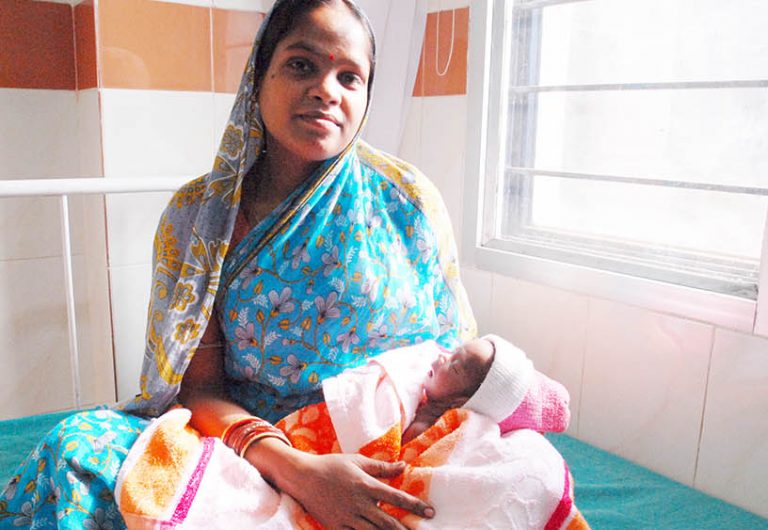
Health communication is essential for improving the overall health and well-being of individuals and communities. It plays a critical role in promoting healthy behaviours, preventing and managing illnesses, and increasing access to healthcare services. Some of the specific reasons why health communication is important include:
Promoting preventive care: Health communication can be used to educate people about preventive care measures, such as vaccinations, screenings, and healthy lifestyle choices, which can help to prevent or delay the onset of certain diseases.
Increasing access to healthcare: Effective health communication can help to increase access to healthcare services by providing clear and accurate information about the availability and location of services, as well as the process for obtaining care.
Improving treatment adherence: Health communication can be used to educate patients about their treatment options and the importance of adhering to their treatment plan, which can improve health outcomes and reduce the risk of complications.
Addressing cultural and linguistic barriers: Health communication can be used to address cultural and linguistic barriers that may prevent certain individuals or communities from accessing healthcare services. This includes providing translated materials and cultural sensitivity training for healthcare providers.
Empowering individuals: Health communication can empower individuals by providing them with the knowledge and skills needed to make informed decisions about their health and seek care when needed.
In totality Health communication is an essential tool for improving health outcomes, increasing access to healthcare services, and addressing cultural and linguistic barriers. It helps to bridge the gap between healthcare providers and individuals, making the healthcare system more effective and efficient.
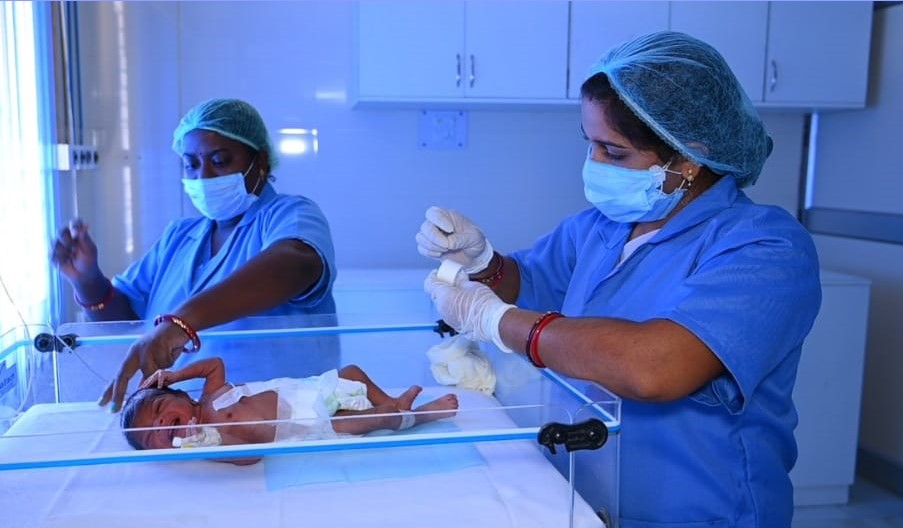
There are several strategies that can be used to promote health communication, including:
- Use of mass media: Mass media, such as television, radio, and print, can be used to reach a large audience with health-related information and messages. This can include public service announcements, health education programs, and health campaigns.
- Digital platforms: The use of digital platforms, such as social media, websites, and mobile apps, can provide a wide reach and flexibility to disseminate health-related information, alerts and advisory to the public.
- Community-based interventions: Community-based interventions, such as health education and communication campaigns, health promotion programs and activities, and community mobilization strategies, can be used to disseminate health-related information and promote healthy behaviours among specific populations or communities.
- Interpersonal communication: Interpersonal communication, such as face-to-face counselling, telephone counselling, and text messaging, can be used to provide individuals with information about health-related topics and to provide support and encouragement for healthy behaviours.
- Group communication: Group communication, such as community education programs, support groups, and health fairs, can be used to provide information and support to a group of people, and to facilitate behaviour change among members of the group.
- Use of health literacy approach: Using health literacy approach in the communication process can ensure that the message is conveyed clearly, simply and effectively.
- Partnerships and collaboration: Collaborating with different stakeholders such as healthcare providers, community organizations, and media outlets can help to increase the reach and impact of health communication efforts.
- Evaluation and feedback: Regular evaluation and feedback of the communication strategies used can help in understanding the effectiveness of the strategies and make necessary adjustments.
These are some of the strategies that can be used to promote health communication. The choice of strategy will depend on the organisation/agency/state that is going to adopt it.
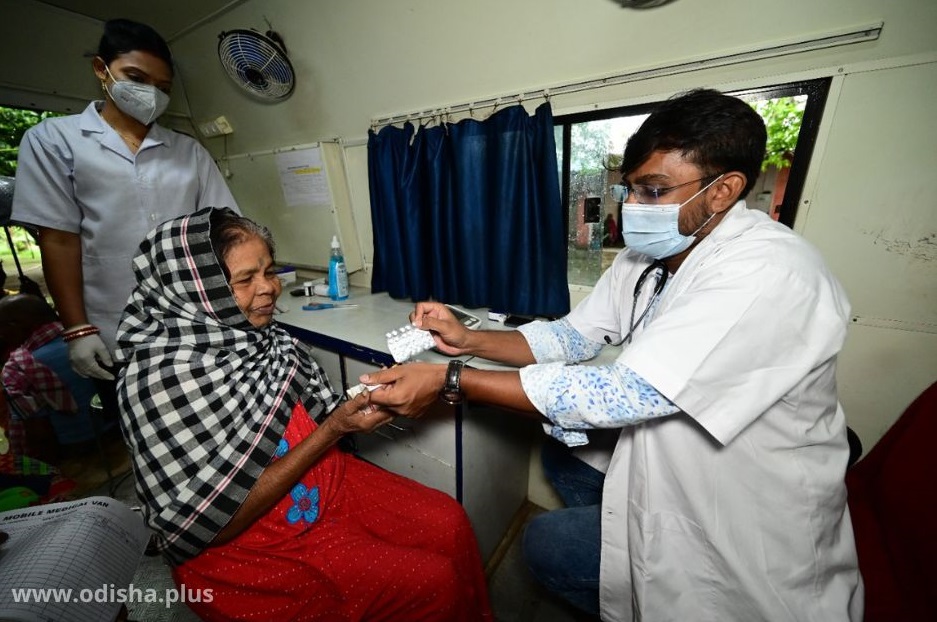
The health communication is the need of the hour. But it will vary depending on the specific health issues and populations that need to be addressed. However, there are a few key areas where health communication is particularly important:
COVID-19: With the on-going COVID-19 pandemic, health communication has become more important than ever. Accurate and timely information about the virus, its transmission, and prevention measures is crucial to help people protect themselves and others.
Vaccination: With the COVID-19 vaccination now available, health communication is important to educate people about the safety and efficacy of the vaccines and to encourage people to get vaccinated.
Mental Health: With the pandemic affecting mental health of many people, health communication is crucial to educate people about mental health and to reduce the stigma around mental illness, and encourage people to seek help if needed.
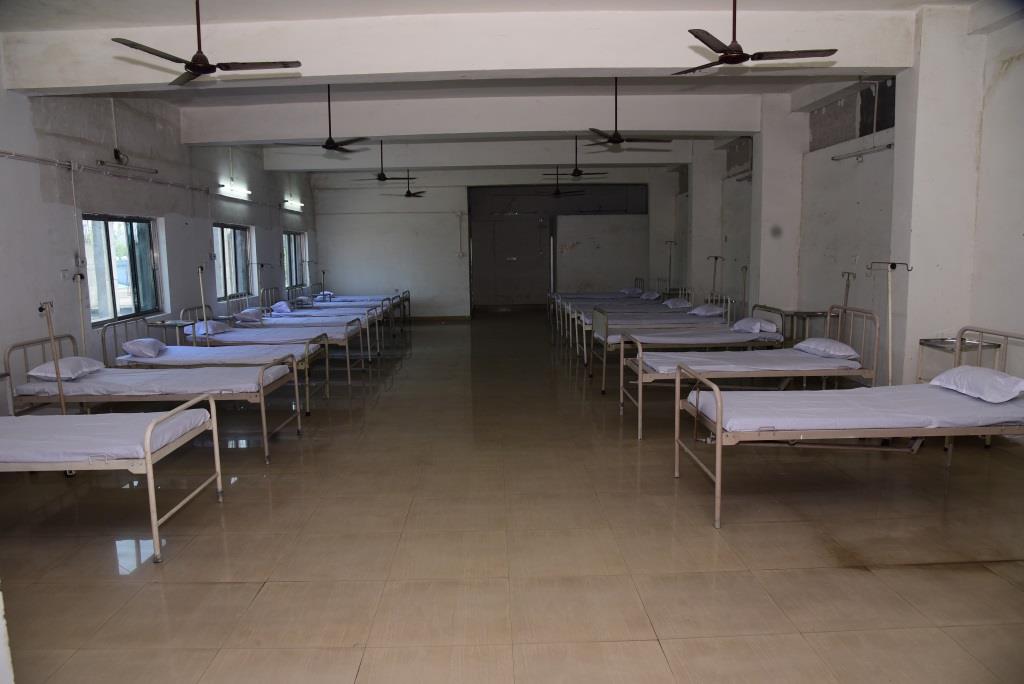
Non-communicable diseases (NCDs): Health communication is important to raise awareness about non-communicable diseases (NCDs) such as diabetes, heart disease, and cancer, and to promote healthy behaviours such as exercise, healthy eating, and smoking cessation.
Health Literacy: Health literacy, the ability to understand, use, and communicate health information, is a critical component of effective health communication. This is particularly important for marginalized communities who may have limited access to health information and resources.
Health Equity: Health communication is important to address health disparities and promote health equity. This includes targeting specific populations that are at higher risk of certain health problems, such as low-income communities or communities of colour, with culturally and linguistically appropriate health information and resources.
Overall, health communication is a critical tool in addressing the health needs of the hour. It helps to educate people about health issues, promote healthy behaviours, and ultimately develop the nation by the contribution of healthy people.
(Dr. Fakira Mohan Nahak is a writer and former media professional. He is currently working as the Head of the Department at University Institute of Media Studies, Chandigarh University Mohali, Punjab. Views are Personal)

